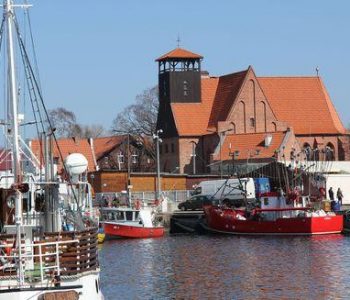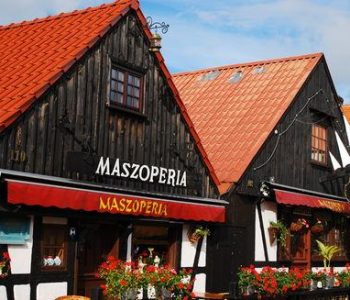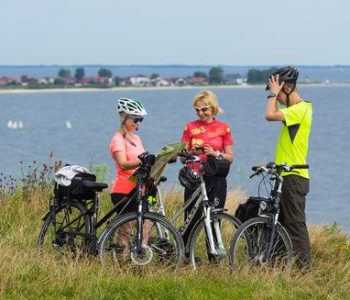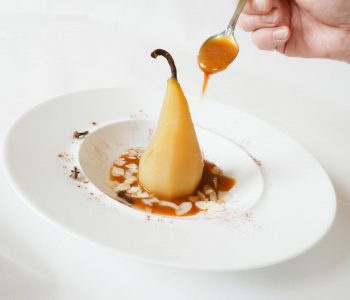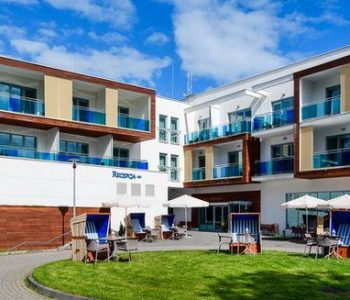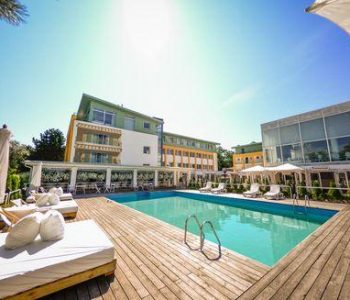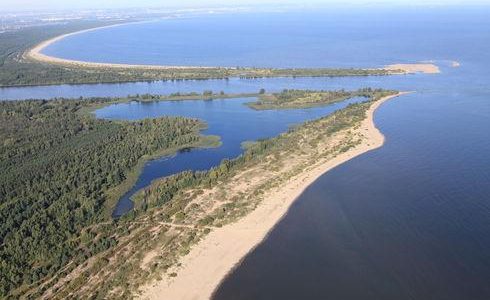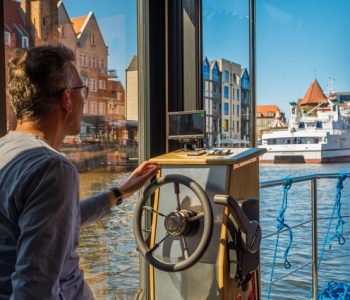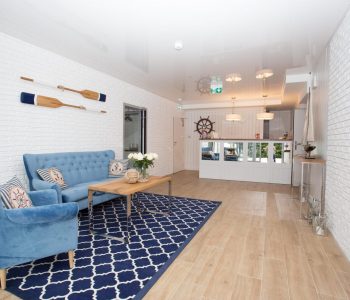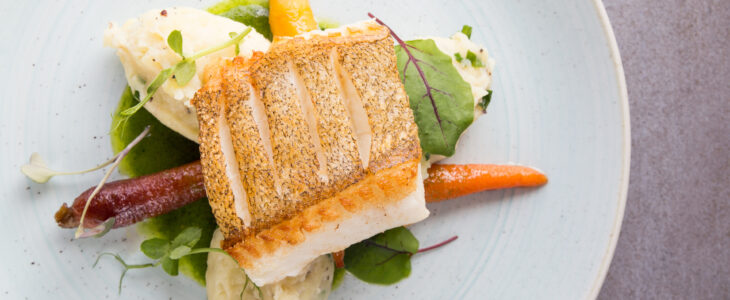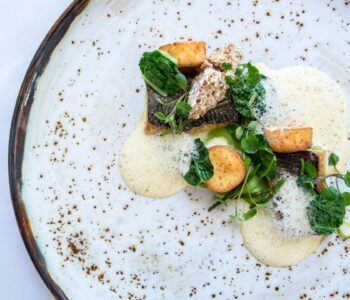The location of the research institution is highly important in the context of its scientific activities, as it facilitates research both on open sea and in the coastal areas. Of greater interest for us, however, is the seal aquarium operated as part of the station, whose main task is to restore and protect the colony of grey seals in the southern Baltic.
All this commotion was caused by Balbin in 1992, when this young male was found on a sunny beach in Jurata. The seal aquarium now fulfils the role of a rehabilitation centre for the ill and weak seals found in the coastal beaches, but is also a breeding institution that gives back freedom to both the offspring that came into the world in the pools of the seal aquarium, and to older seals after they have been cured.
Balbin, as the first resident of the early seal aquarium, had no easy life. He came into the institution as a month-old newborn, wounded and ill, with his front flipper broken. The animal most probably got entangled in fishing nets and was dealt a forceful blow to the head when being removed from the net. After Balbin was transported to the Marine Station, and his wounds were dressed, he was put in a small pool, where he gradually came back to health and started fooling around like a little boy would do. The vigorous kiddie devoured more and more fish, and soon it was impossible to provide his daily share of live breams and roaches. He needed to be taught to eat dead fish. To his keeper’s amazement, he turned out to be a very bright pupil, who even ate from hand. For five years, Balbin lived in a small pool, while a plan to extend the pools was being developed. Balbin felt like the king of this new estate. Unfortunately, in July 2005, he died.
The next inhabitant of the institution was Joel, who was found on the Swedish island of Gotland, and was the first seal to make an attempt at befriending the King of the seal aquarium – Balbin. Three months had to pass for them to eventually accept each other, and in the process, many belligerent looks were exchanged through the pool’s bars, and more than one close encounter ended with a scratched nose…
The male company was joined in 1998 by four ravishing ladies: Agata, Ania, Ewa and Krystyna. Sadly, despite the reserve she showed in approaching everyone, the ladies’ company was left by Krysia. Her death can again be blamed on humans. A post mortem exam revealed that the seal was killed by eating coins thrown by tourists into the seal aquarium’s pools “for luck” . We can still admire Ania, Ewa, and Agatka, who, in spring 2011, gave birth to a new generation. The father of the little Kil, Klif and Knopa is Bubas, who came to the seal aquarium in 2005 and is now the oldest male in the facility. Bubas also fathered Fok, a slightly older boy. The happy mom was Unda Marina (“Sea Wave”), who is currently the oldest female in the Hel aquarium.
The attraction that draws many tourists here is seal feeding and a seal training show. Feeding takes place every day at 11:00 a.m. and 2:00 p.m.
The oldest of Hel’s fishermen still remember the times when seals, as being some of the biggest predators in the Baltic Sea, damaged nets and competed for fish. Reckless human activity led to the near-extinction of this species that had for centuries lived in the waters of the “Big Sea”. Hunting for seals was also once a very profitable pursuit. Seal fat and skins were sold at high prices in marketplaces, and fishermen frequently baited traps for seals during their fishing excursions. Today, the employees of the seal aquarium are working hard to recreate the seal colony and to restore the lost balance of the marine ecosystem.
Foto: M. Bieliński – Dep. Turystyki UMWP

